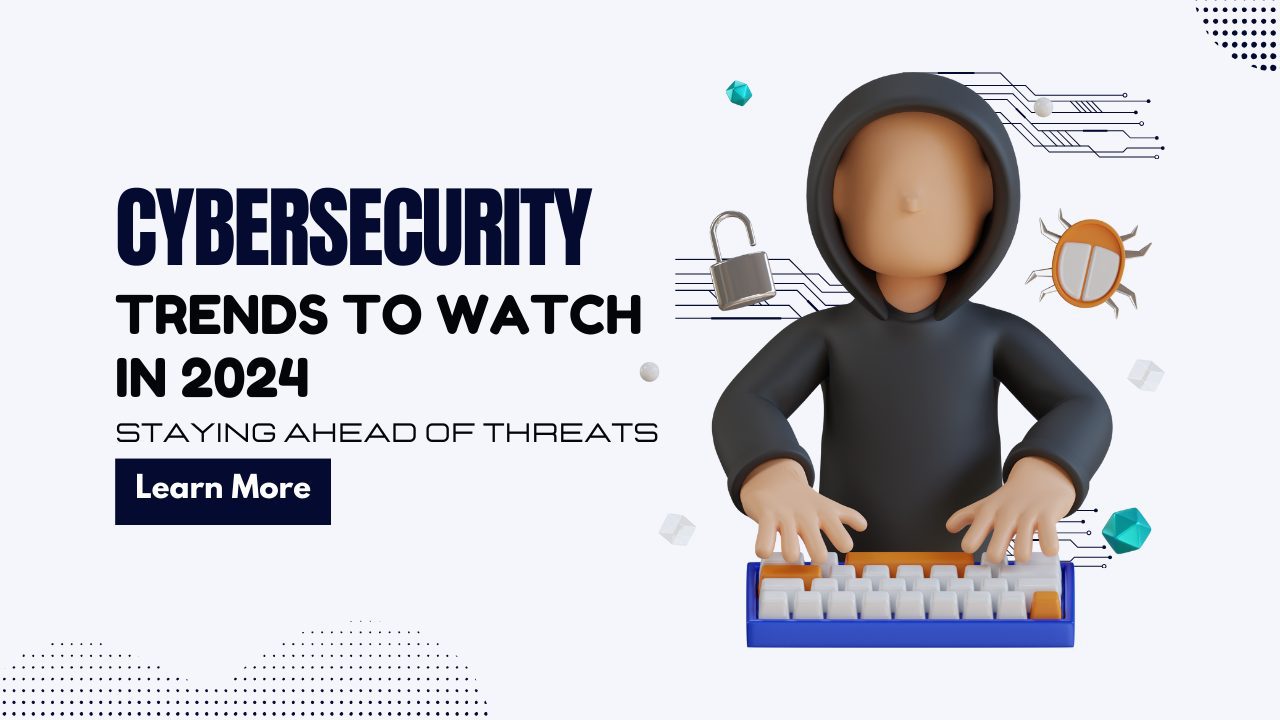In an increasingly digital world, cybersecurity remains a top priority for organizations and individuals alike. As technology evolves, so do the methods employed by cybercriminals, necessitating constant innovation in security measures. The year 2024 is set to witness transformative trends in cybersecurity, driven by advancements in technology and the growing sophistication of cyber threats. This article explores the top cybersecurity trends in 2024, providing insights into how businesses and individuals can stay ahead of emerging threats while maintaining robust security postures. Explore more about our company on [our homepage].
AI-Driven Cyber Attack

With the rise of artificial intelligence, cybercriminals are employing AI-powered tools to orchestrate more sophisticated attacks AI-Driven Cyber Attack and phishing schemes are becoming harder to detect as they adapt to traditional defense mechanisms. These attacks leverage machine learning to analyze and exploit system vulnerabilities with alarming precision.
In response, organizations are investing in AI-based cybersecurity solutions that can identify patterns and anomalies in real-time, enabling proactive threat detection and mitigation. As AI continues to shape the future of cyber warfare, staying ahead will require leveraging its capabilities for both offense and defense.
Reding Zero Trust Architecture
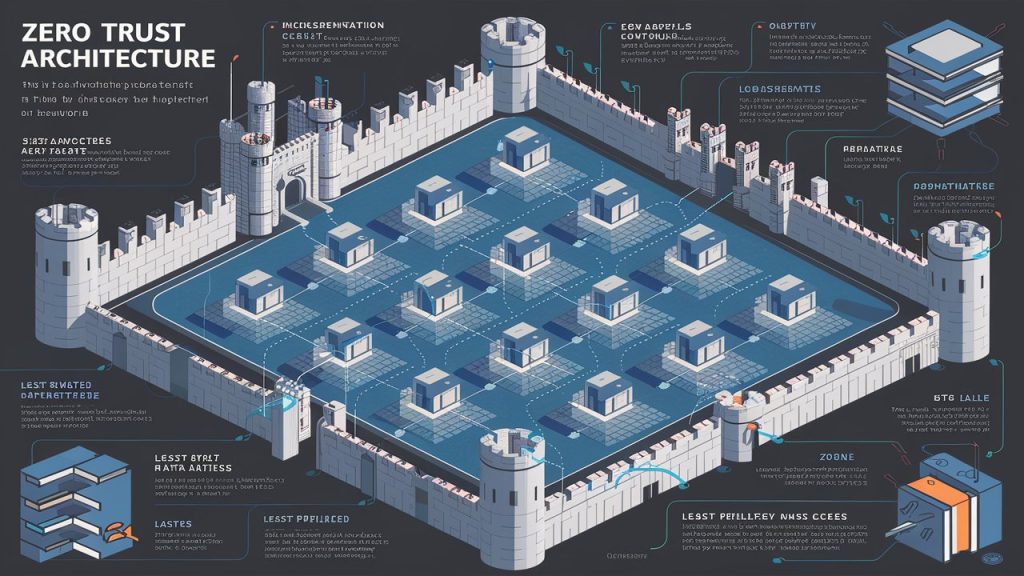
The Zero Trust Architecture (ZTA) is accelerating in 2024 as organizations seek to minimize risks associated with insider threats and unauthorized access. This model operates on the principle of “never trust, always verify,” ensuring that every user, device, and application undergoes stringent authentication before accessing sensitive resources.
ZTA is particularly effective in mitigating supply chain attacks, where compromised vendors can serve as entry points for cybercriminals. By implementing robust identity verification protocols and continuous monitoring, businesses can create a fortified security perimeter that protects critical assets.
Cloud Security Enhancements
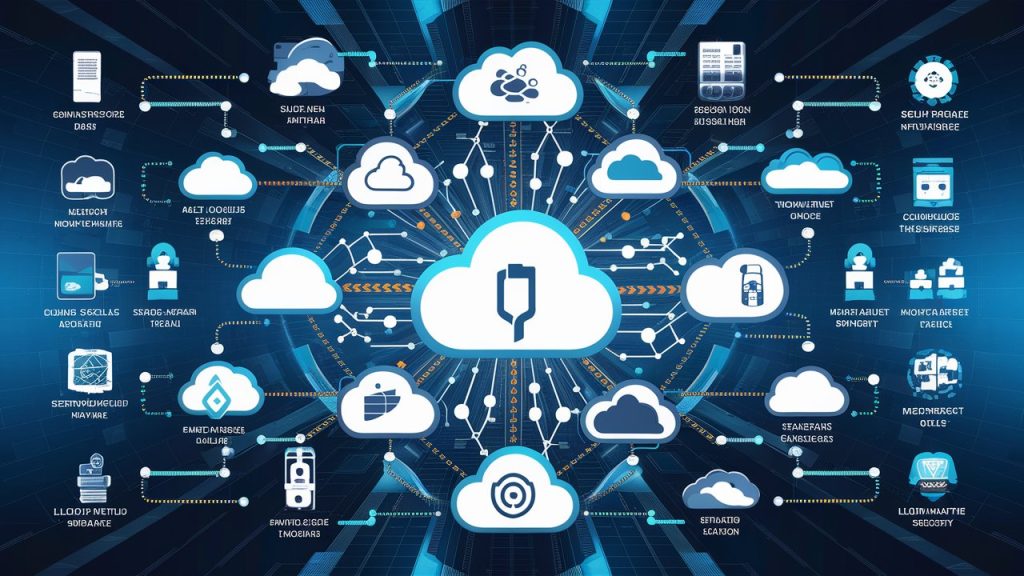
The shift to cloud-based infrastructure has brought unparalleled flexibility and scalability to businesses, but it also presents unique security challenges. In 2024, cloud security enhancements are focusing on advanced encryption methods, multi-factor authentication (MFA), and cloud-native application protection platforms (CNAPPs).
Organizations are prioritizing data sovereignty, ensuring compliance with regulations governing cross-border data flows. Additionally, AI and machine learning tools are being integrated into cloud security systems to monitor and respond to potential threats in real-time, providing a more resilient cloud environment. Dive deeper into our [blog posts] for in-depth insights and examples.
Growing Threat of Ransomware
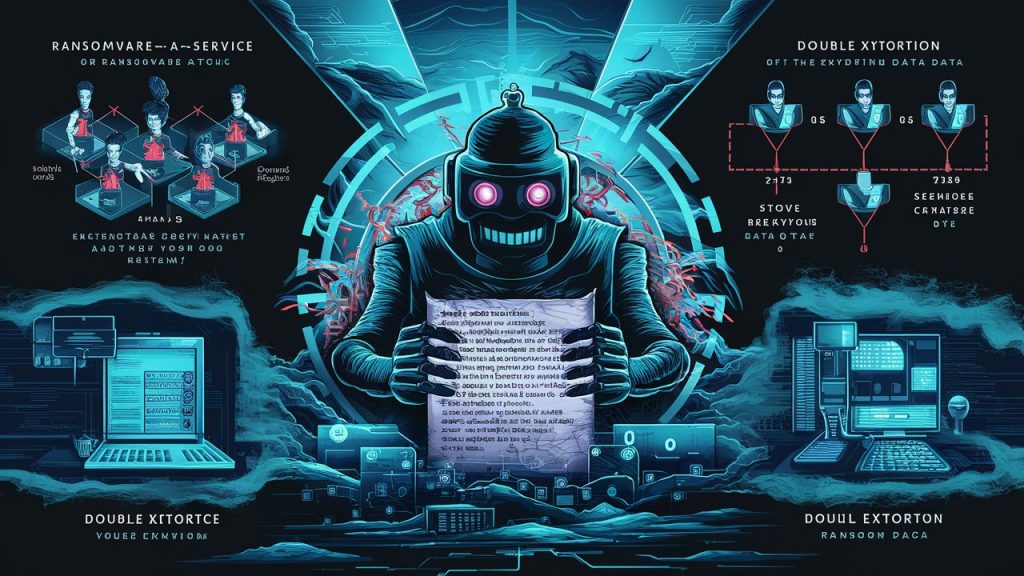
Ransomware continues to be a significant concern, with attacks growing in frequency and sophistication. Cybercriminals are targeting critical infrastructure, healthcare systems, and small businesses, leveraging the urgency of these sectors to demand exorbitant ransoms.
In 2024, organizations are investing in ransomware readiness assessments, focusing on regular data backups, employee training, and advanced endpoint protection. Governments worldwide are also implementing stricter regulations and international collaborations to combat this growing threat effectively.
Advancements in Endpoint Security

Endpoints, including laptops, mobile devices, and IoT gadgets, are common entry points for cyberattacks. To address this, endpoint detection and response (EDR) tools are evolving to provide comprehensive protection. These tools leverage AI to monitor endpoint activity, identify suspicious behavior, and respond to threats swiftly.
The trend toward unified endpoint management (UEM) solutions is also gaining traction, allowing organizations to manage and secure all endpoints from a centralized platform. With hybrid work becoming the norm, ensuring endpoint security is critical for safeguarding sensitive data and maintaining operational continuity.
Strengthening IoT Security

As the number of IoT devices grows exponentially, so do the risks associated with them. In 2024, IoT security enhancements are focusing on device authentication, secure firmware updates, and encrypted communication protocols.
Manufacturers are being held to higher security standards, ensuring that devices are built with security in mind from the outset. Additionally, organizations are adopting IoT security frameworks to establish best practices for managing and protecting connected devices in both consumer and industrial settings.
Cybersecurity Talent Shortage
The cybersecurity industry faces a significant talent shortage, with demand for skilled professionals far outpacing supply. In 2024, organizations are addressing this gap by investing in automation tools to handle repetitive security tasks and focusing on upskilling existing employees.
Partnerships with academic institutions and governments are also playing a crucial role in developing the next generation of cybersecurity experts. By fostering diverse talent pipelines and promoting inclusivity, the industry can overcome this critical challenge.
Data privacy
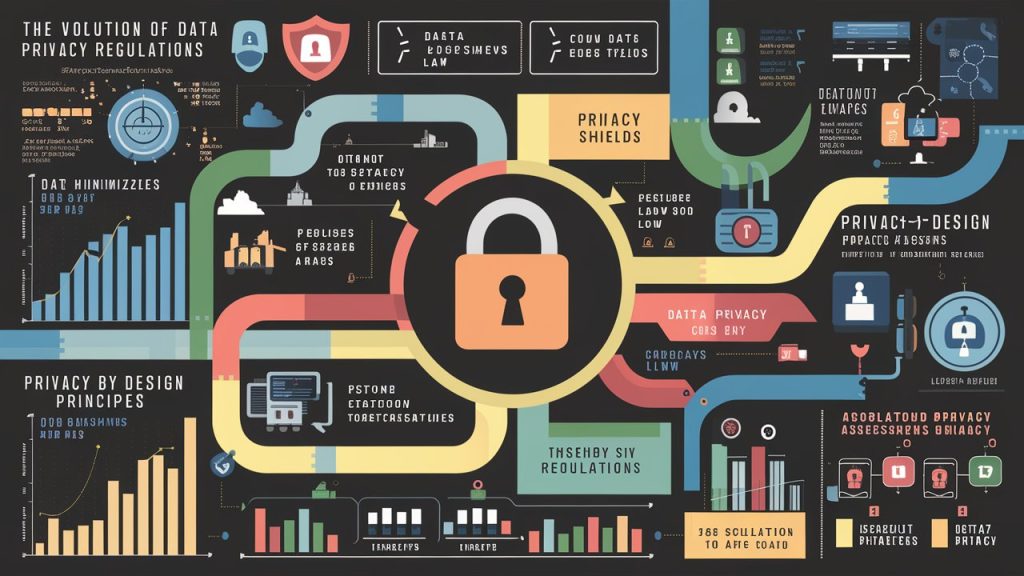
Data privacy remains a cornerstone of cybersecurity in 2024. With stricter regulations such as GDPR, CCPA, and similar frameworks worldwide, businesses are prioritizing compliance to avoid hefty fines and reputational damage. Organizations are adopting privacy-by-design approaches, embedding data protection measures into the development lifecycle of products and services. Transparency with users about how their data is collected, stored, and used is also becoming a key differentiator in building trust and loyalty.
Quantum Computers

The rise of quantum computing poses both opportunities and challenges for cybersecurity. While quantum computers can revolutionize encryption, they also have the potential to break traditional cryptographic algorithms. In response, researchers are developing post-quantum cryptography to future-proof sensitive data.
Industries such as finance and healthcare are closely monitoring advancements in quantum computing, preparing to adopt quantum-resistant technologies to ensure long-term security. This proactive approach is essential for safeguarding critical infrastructure in the face of emerging threats.
Conclusion
As the cyber threat landscape evolves, staying ahead requires a proactive and multi-faceted approach. From leveraging AI to adopting Zero Trust principles, the cybersecurity trends of 2024 underscore the importance of innovation and adaptability. Organizations must prioritize endpoint protection, enhance IoT security, and address talent shortages to build a robust defense against emerging threats.
By embracing these trends and investing in cutting-edge technologies, businesses and individuals can navigate the challenges of the digital age with confidence, ensuring a secure and resilient future.

